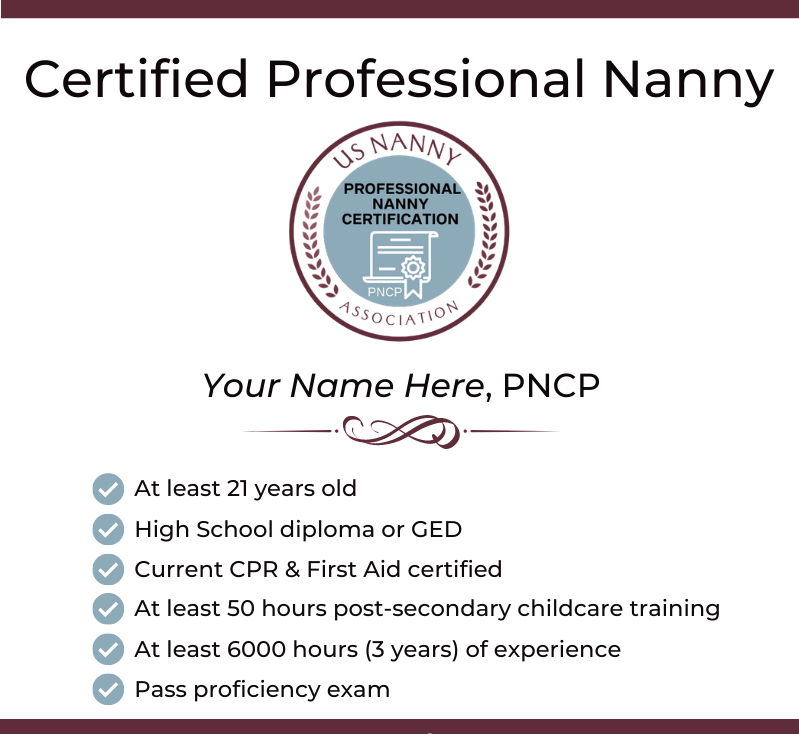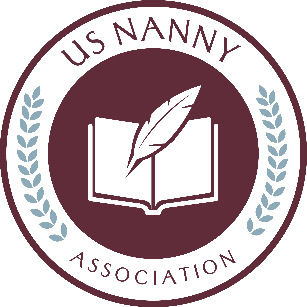Let’s Count Down to the Winter Holidays
Fun and Practical Critical Thinking Skills That Incorporate the Season
by Dr. Linda Karges-Bone
As the Winter holiday season draws near, nannies find themselves frantically keeping pace with school performances, holiday decorating, family events ( their own and their employers) and the general busyness of the time between Halloween and New Year’s. It is easy to feel overwhelmed and to miss marvelous teachable moments. I will share a weekly checklist to keep nannies on point with thoughtful activities and strategies that make the most of this most wonderful time of the year.
Last Week in October
*Sorting Halloween candy. This is a logical-mathematical dreamscape. For younger children, sort candy by colors, shapes, and sizes. Group candy into chocolate vs non-chocolate or hard vs soft textures and ingredients. With school age kiddos, apply pre-multiplication skills and do groups of 2, 3, and 4 and so on and then count the groups. Write number sentences on a white or chalk board to introduce multiplication.
*Greater Than or Less Than Costumes or Porch Décor. During parties or on Halloween Trick or Treating Walks, be on the lookout for comparisons. Do we see more scary costumes or funny costumes? What is the most popular costume this year? Can we count and compare? Use terms such as fewer or more/ greater than or less than?
First Week in November
*Pumpkin seed sorting. Before discarding it, gather the pumpkin seeds and use them as math manipulatives. Rinse and roast and then before eating, use them to represent number groups and to play simple games such as this: “Show me the number sentence of 5 plus 3.”
* Gratitude checklist. Start the month off by putting a large, paper office calendar up in the kitchen or playroom and providing scented markers ( brain friendly) to record a daily “gratitude checklist” on which you and the children record simple things for which they are grateful. This is a critical and creative thinking strategy to invoke social emotional growth.
Second Week in November
* Cornucopia shape sort. Source an inexpensive wicker cornucopia from the dollar store or produce stand and go on a hunt to fill it with unusually shapes squash and small pumpkins. Use interesting language to describe the shapes and then weigh each one on a kitchen scale. Record the weights and then tally or total the final weight before filling your family cornucopia.
*Leaf painting. Do a nature walk and gather autumn leaves. Count and sort by color and shape. Use Google Search or a book to identify the types of leaves. Dip leaves in tempera paint and press them onto card stock to create place mats for the upcoming holiday feast.
Third Week in November
*Turkey shopping. Go on a “turkey hunt” in several grocery stores to find the biggest and smallest frozen turkeys. Keep a list of the weights with columns to divide the larger and smaller critters. Design an advertisement drawn by the kiddos to name and declare the “winners”. This involves your children learning to read labels, pounds and ounces, and other important data, a critical life skill.
* Taking a cranberry poll. Source a can each of cranberry sauce and cranberry jelly. Discuss the differences. Taste each and then use them to make cranberry bread by adding them to a small box of muffin mix. Invite the children to “poll” their family members as to which is preferred ( sauce or jelly) and then tally the responses.
Fourth Week in November
* Visit a blessing box. Take time to discuss kindness and charity with your kiddos. Gather canned and dry goods from the pantry and take a walk to a local blessing box. Encourage the children to place the items in themselves and to send good energy to those who will use the items. Another version of this would be to involve the entire family in creating a “dinner box” of a turkey or ham with all the trimmings and gifting it to a local women’s shelter or trusted charity to be shared with a family in need.
* Indian Corn Math. Dried Indian corn is a popular door decoration and one that invites critical thinking. Ask the kiddos to count the kernels in each row and multiply and divide. Group the kernels by color families.
First Week in December
*Paper chain Math. This one works well for blue and silver Hanukah or red and green Christmas paper chains. Cut paper and glue it into circles that are intertwined to make chains. I like to use scraps from beautiful wrapping paper to make this even more fun. Count the circles and create different sizes to drape on holiday trees, over doorways, or on bannisters.
*Advent Calendars. What a fabulous way to review terms like days of the week and months of the year, as well as to countdown the days till the big event. If you are working in a family with several children, consider individual calendars that reflect the kids’ personalities and interest, such as a pet calendar for your cat lover.
Second Week in December
* Hygge (pronounced HOOGA) is the Danish/Norwegian cultural practice of creating warm and cozy environments that sustain brain health. This is especially important during the busy holiday season. Encourage children to decorate their bedrooms or playrooms with seasonal décor that isn’t simply festive, but cozy. Think plush throws, pillows, LED candles, and even stuffed toys that are grouped in comfy ways. Instead of overtly holiday themed items, consider snowflake or other wintery décor that can transition into the long winter. This is an activity to encourage self-regulation of big feelings.
* Hot Cocoa Brain Fun. Discuss physical and chemical change while making mugs of cocoa. Talk about the powder starting out as a solid and then changing to a liquid when boiling water is added. Toss in marshmallows (solid) and observe them melting as heat (chemical change) takes over. Who knew that science could be so delicious?
Third Week in December
*Holiday Cookie Math. Baking cookies for the winter holidays, whether stars for Hanukah or trees for Christmas requires lots of brain energy. Weighing, measuring, rolling, using cookie cutters all take on gravitas when the nanny draws the children into the work. Evoke the science process skills of observation, classification, prediction, measuring and estimating, inference, and communication and use them to create delicious treats.
*Paper chain Math. This one works well for blue and silver Hanukah or red and green Christmas celebrations. Cut paper and glue it into circles that at intertwined to make chains. I like to use scraps from beautiful wrapping paper to make this even more fun. Count the circles and create different sizes to drape on holiday trees, over doorways, or on bannisters.
Fourth Week in December
*Wrapping paper mosaics. Scraps of beautiful, shimmering paper should never go to waste. Guide the children to tear the paper into small pieces and then create mosaics on folded card stock that will be used as name plates at the holiday dinner. Talk about patterns, colors, and even the personalities of the individuals whose names will go on the name plates. For example, does Grandmother love the color purple or snowmen?
*Kindness Coupon Book. Guide children in creating personalized coupon books that they cut, color, and curate as gifts for their family members. Every coupon should reflect an action that is free but that requires them to show kindness and charity in the family. For example, one page might be a simple chore such as helping to clear the table or to give a big hug when someone feels sad. Emotional intelligence is a priceless gift.
As nannies and their families enter this festive yet stressful time of year, take a moment to be thoughtful and to take advantage of teachable moments. Turn ordinary tasks into extraordinary experiences. The winter holidays are fast paced but don’t get caught up in the race. Use the time wisely to stretch both IQ (Intellect) and EQ (Emotional Factor).
Blessings to all of you.
Dr. B
Dr. Linda Karges-Bone is retired professor of Teacher Education at Charleston Southern University and an author, media personality, and creative. Find out more at www.educationinsite.com

We want to thank all the nannies, advocates and business leaders who provide practical tips and insight to elevate our industry. Thank you for sharing your expertise.
The US Nanny Association issues the highest certification requirements in our industry as they require training, work experience, passing an industry exam, a background check and current CPR and First Aid:
- Certified Nanny
- Certified Newborn and Infant Professional
- Certified Professional Nanny
